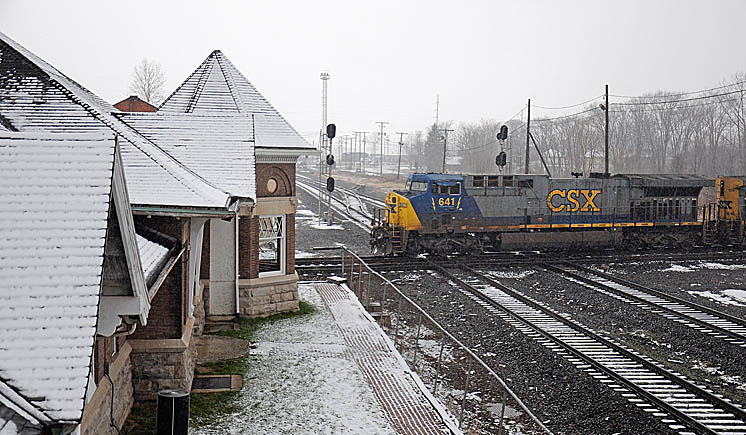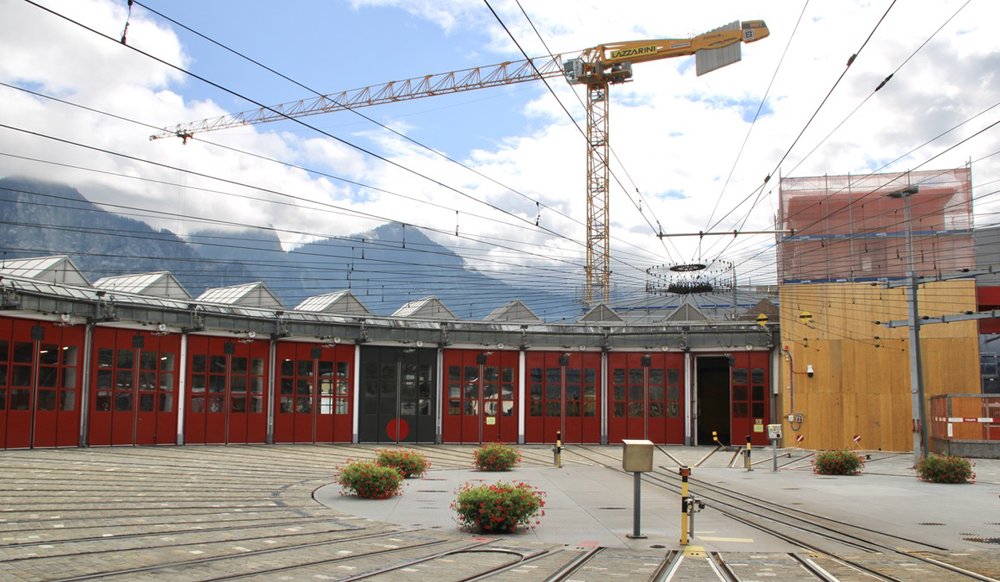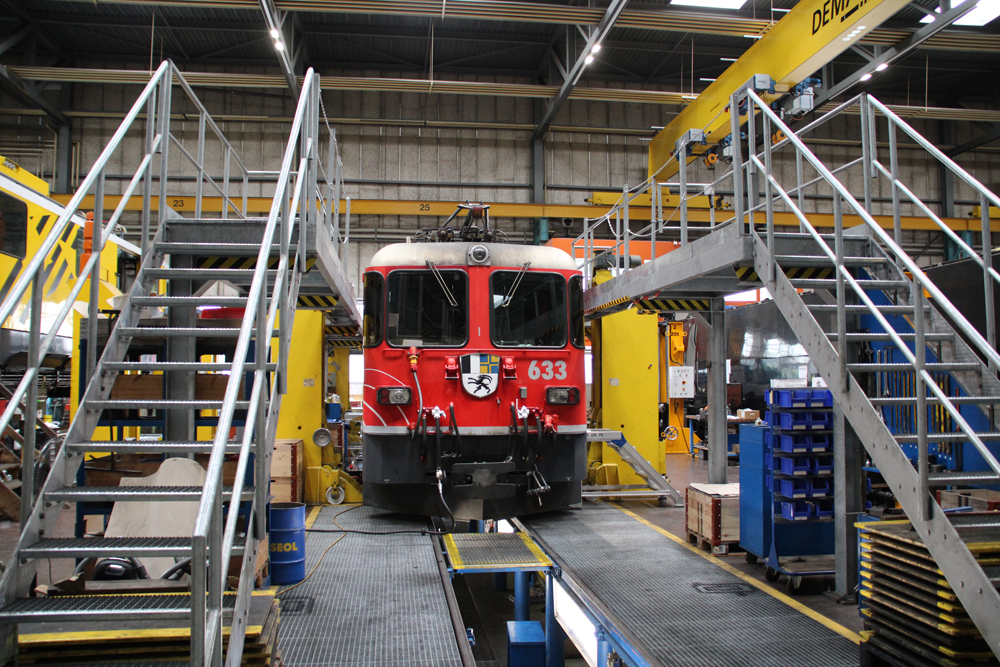Q Why is the word “Union” used so often in the names of passenger stations and terminals? For example, Cincinnati Union Terminal, St. Louis Union Station, or Denver Union Station. Is there a significance with the word in those names? –
Mark Schmitt, Kernersville, N.C.
A The answer is quite simple: At each location, the railroads have joined together to operate a single facility. Many large cities had such stations, such as Los Angeles, Denver, Kansas City, St. Louis, Chicago, Nashville, and Jacksonville.
Chicago Union Station, for example, was a joint venture of the Chicago, Burlington & Quincy; Milwaukee Road; and Pennsylvania Railroad through the jointly owned Chicago Union Station Co. (The Gulf, Mobile & Ohio, which also called at the facility, was a non-owner tenant.)
Smaller cities could also benefit from joint-use facilities, such as Effingham, Ill.; Marion, Ohio; and Bethlehem, Pa. Passengers were able to connect between multiple railroads’ passenger trains, without changing stations. – Brian Schmidt















So the rail Brotherhoods had nothing to do with it……Glad to know.